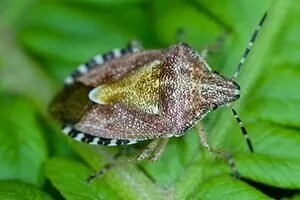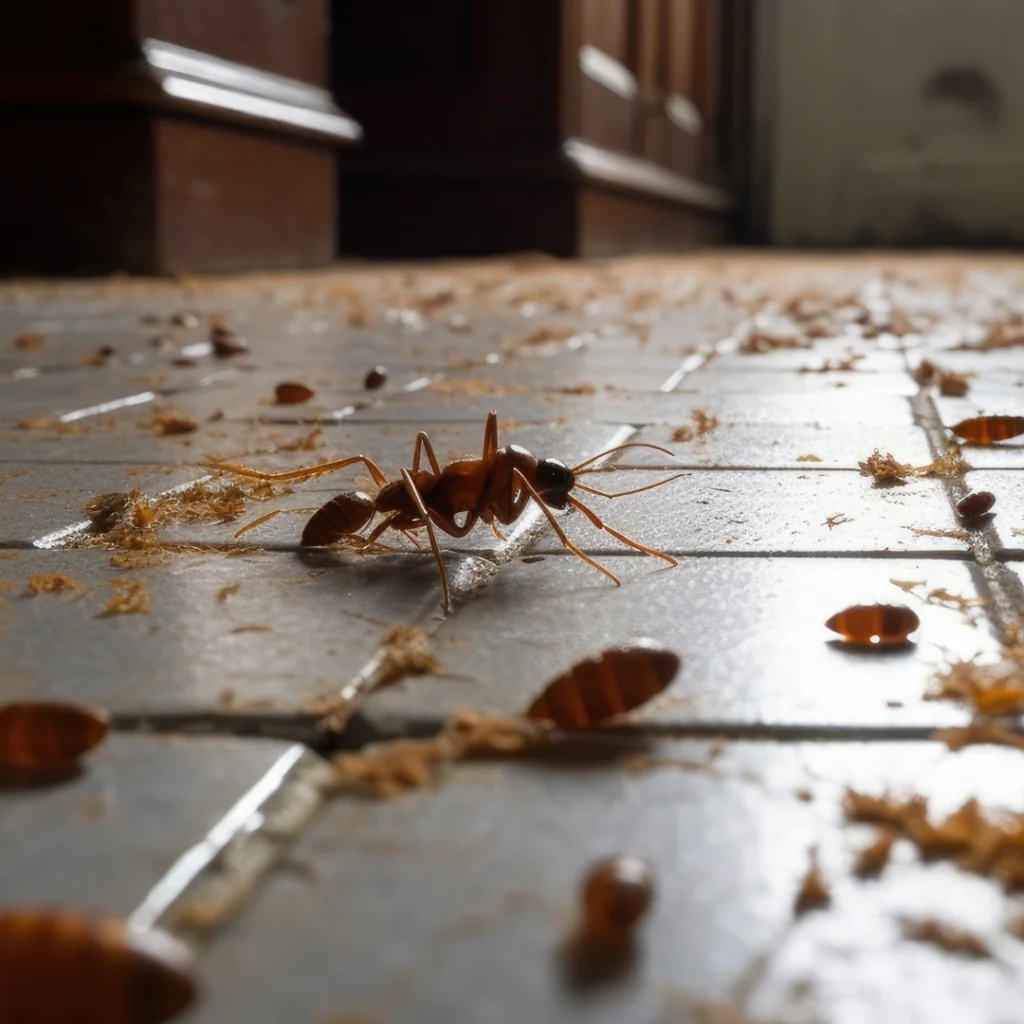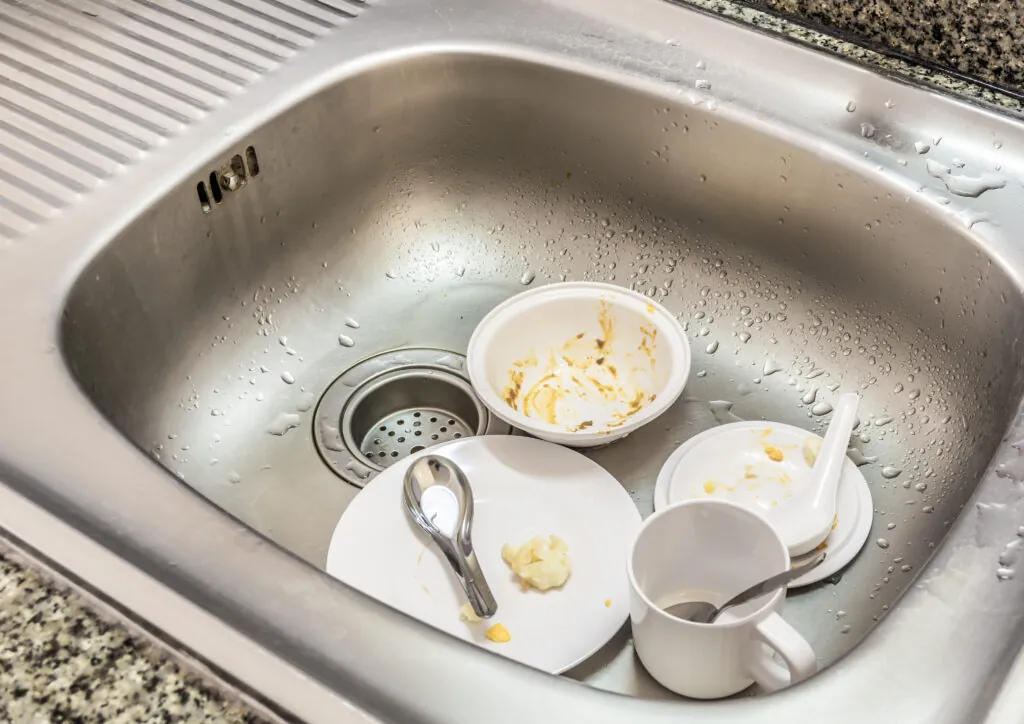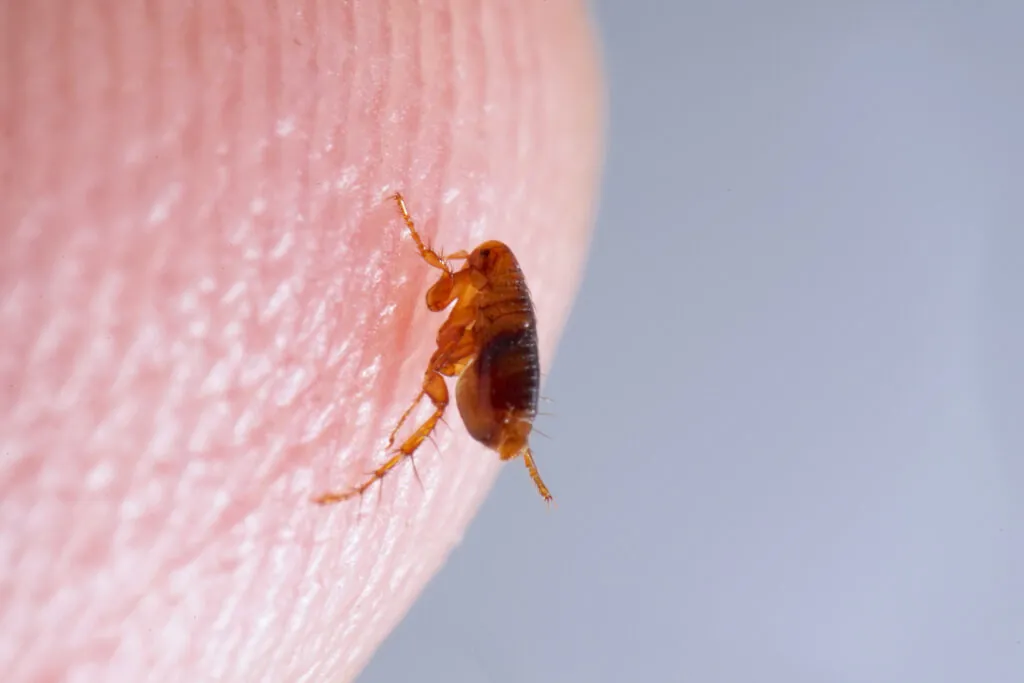 Sooner or later, Orlando homeowners with St. Augustine lawns are likely to have to battle chinch bugs. Without chinch bug pest control measures, an infestation can cause a rapid decline in St. Augustine grass, destroying large patches in a short amount of time. If it’s caught in time, however, you can prevent chinch bugs from ruining your entire yard. Here’s what you need to know.
Sooner or later, Orlando homeowners with St. Augustine lawns are likely to have to battle chinch bugs. Without chinch bug pest control measures, an infestation can cause a rapid decline in St. Augustine grass, destroying large patches in a short amount of time. If it’s caught in time, however, you can prevent chinch bugs from ruining your entire yard. Here’s what you need to know.
How chinch bugs damage your Orlando lawn
The southern chinch bug is tiny, usually 6 mm or less in length, but it has a big appetite. Large numbers of adults and nymphs gather to feed on one plant, draining the sap from the grass until it withers and then dies. The group moves together to an adjacent section where the destruction continues.
The signs of chinch bug infestations
Discolored, often circular patches of grass typically appear first in dry, water-stressed areas along the lawn’s edges, such as next to pavement. Here in Orlando, signs of the insect’s damage begin to appear in May and continue through the warm months of summer and early fall. Chinch bugs are, however, present year-round in our area.
If you suspect you have chinch bugs, closely inspect your lawn by separating the blades of grass so you can see around and beneath the roots. On a sunny day, you’ll see the chinch bugs running to get out of the sunlight. If the infestation is severe, you can see the bugs crawling on the blades of grass.
Chinch bug treatment reduces the chances of infestation
According to the University of Florida’s Institute of Food and Agricultural Sciences website, chinch bug control methods involve proper fertilization, mowing, watering, and pest control.
Chinch bugs can be eliminated by soaking affected areas with liquid insecticide. Granular forms are effective as well, but must be completely watered in as soon as they’re applied. Even when treating your entire lawn, chinch bugs can still reappear. The best method of control is frequent, close inspection of your lawn. Keep in mind that there are other factors that can cause damage that looks similar to chinch bug infestations, such as disease, nutritional imbalances, and insufficient watering.
We take the worry out of caring for your Orlando lawn
Our Orlando lawn and outdoor pest control pros can keep your yard healthy and beautiful throughout the year. In addition to pest control in Orlando, we offer fertilizer treatments, turf optimization services, and much more. Contact us for a free, no-obligation estimate that’s customized to the size of your lawn and your specific needs.



